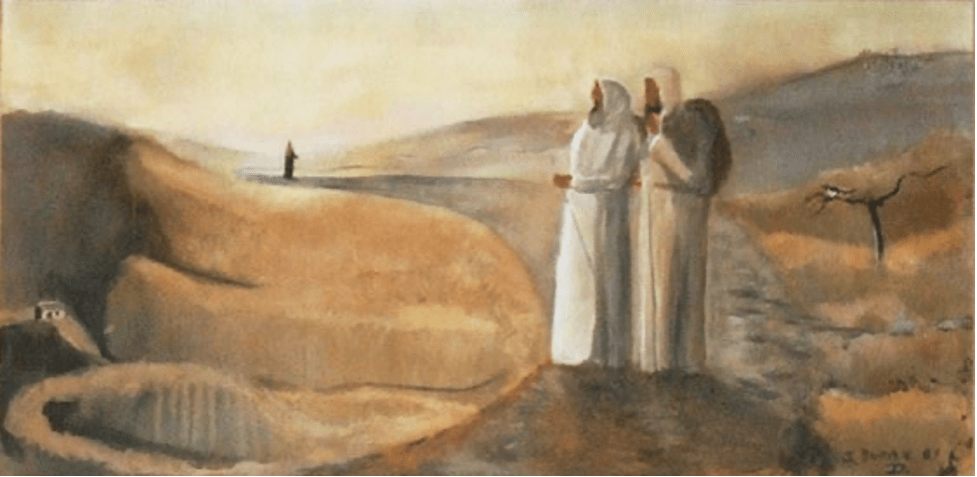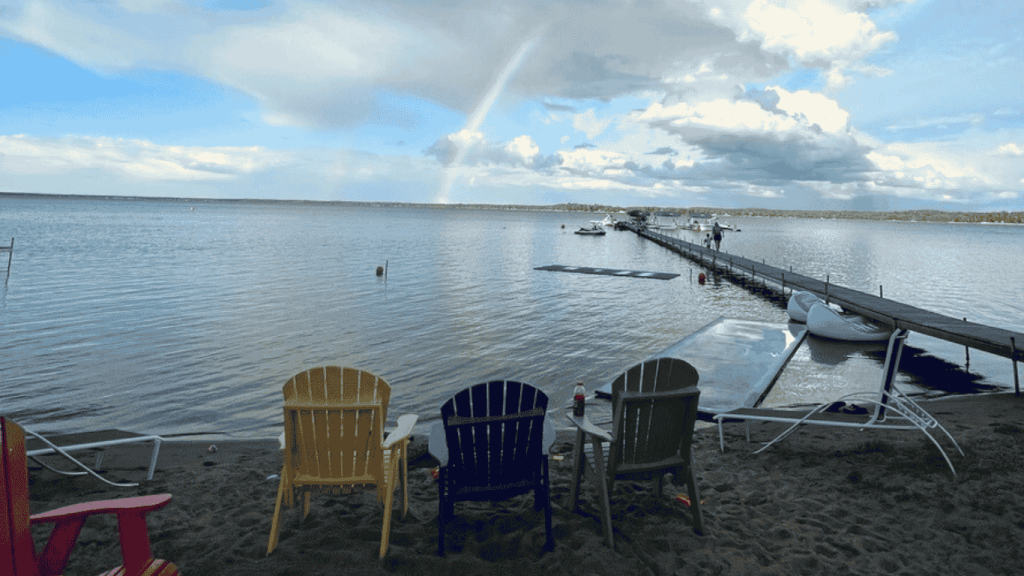The other night we were out for a walk in our neighborhood and noticed the early signs of the fall season. The grass felt stiffer with a few more rusted leaves to kick around, the air was cooler and smelled fresher, the horses in the pasture across the road seemed a bit more mischievous, and Wall Lake had a growing number of a certain type of sea gull choiring their noise before continuing their journey somewhere south. I was trying to explain to Liam (now 13) how the fall is often a time for remembering favorite times, places, people, new beginnings and stuff that seems more central.
Although I am hopeful Liam will someday recall these great moments together with his father and the transference of my wisdom, he is not shy to let me know when our “conversations” may be more for me in the moment than for him. This was one of those moments when he just kept staring at me with his smile that was communicating, “What is your deal?”
Early the next morning I was reminded of our sunset conversation by the lake while reading about the story of Abraham and imagined him on a cool fall evening remembering his own certain times, places, people, new beginnings and stuff that seemed more central. What felt timely for my own journey as I reflected upon Abraham’s was the faith that was required of him in order to be obedient to the call he received–one chosen to be a blessing to the nations (Gen 12:1-4). The call seemed big and noble. But it was the faith this time that caught my attention, a faith that seemed long, hard, and at times absurd.
Leaving a familiar way of life and land to go to a place that would be shown to him eventually along the way required him to step into a place of faith. Believing God’s call and promise would be continued through his descendants when he and Sarah’s biological clocks were ticking required him to step into a place of faith. And then when he is asked to sacrifice his son Isaac he is required to step yet one more time into an unimaginable place of faith. It is as if the places of faith became both reminders and encounters of his relationship with God and God’s faithfulness to him. And these places, though trying, confirmed he was on the right track.
Soren Kierkegaard was a person fascinated with people who had the courage to step into such places of faith. He described this sort of person as one well grounded in the demands, sorrows and realities of life, yet elated and empowered by a joy that came from a depth of connection to their heavenly Father. He knew these were the type of Christians spoken of in Scriptures, and believed his own time (1813-1855) could use more of them. These were people who lived life in a place of faith.
In his book Fear and Trembling, Kierkegaard suggests that, “the movement of faith must continually be made by virtue of the absurd” (Placher, William C. Callings, 2005:340). In other words, we encounter God and move toward the fulfillment of the call placed on our lives as we step into those places where we are met by insecurities, fears, need, risk, and a clear realization of our inability to be or accomplish what is being required of us. It is a the absurd place of faith.
I invite you to consider for your own journey some questions I found myself sinking into as I pondered the life of Abraham, Kierkegaard’s perspectives and the circumstances of my life and ministry: (1) What do I find myself remembering these days that seems to reflect something central to which I need to pay attention? (2) When did the Lord invite me to a new level of faith and how did it give shape to my life’s direction? (3) What absurd place of faith am I being invited to step into?




